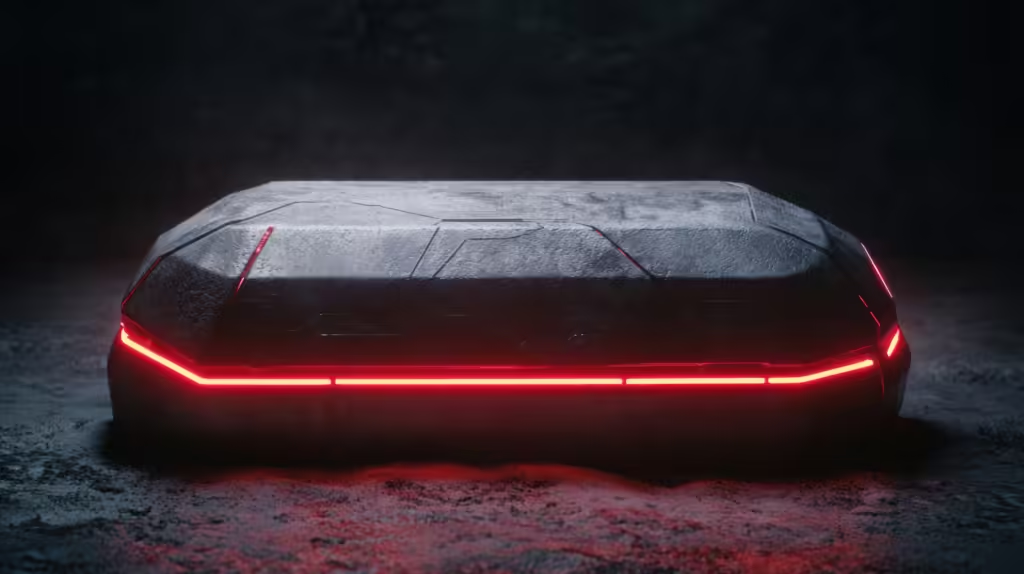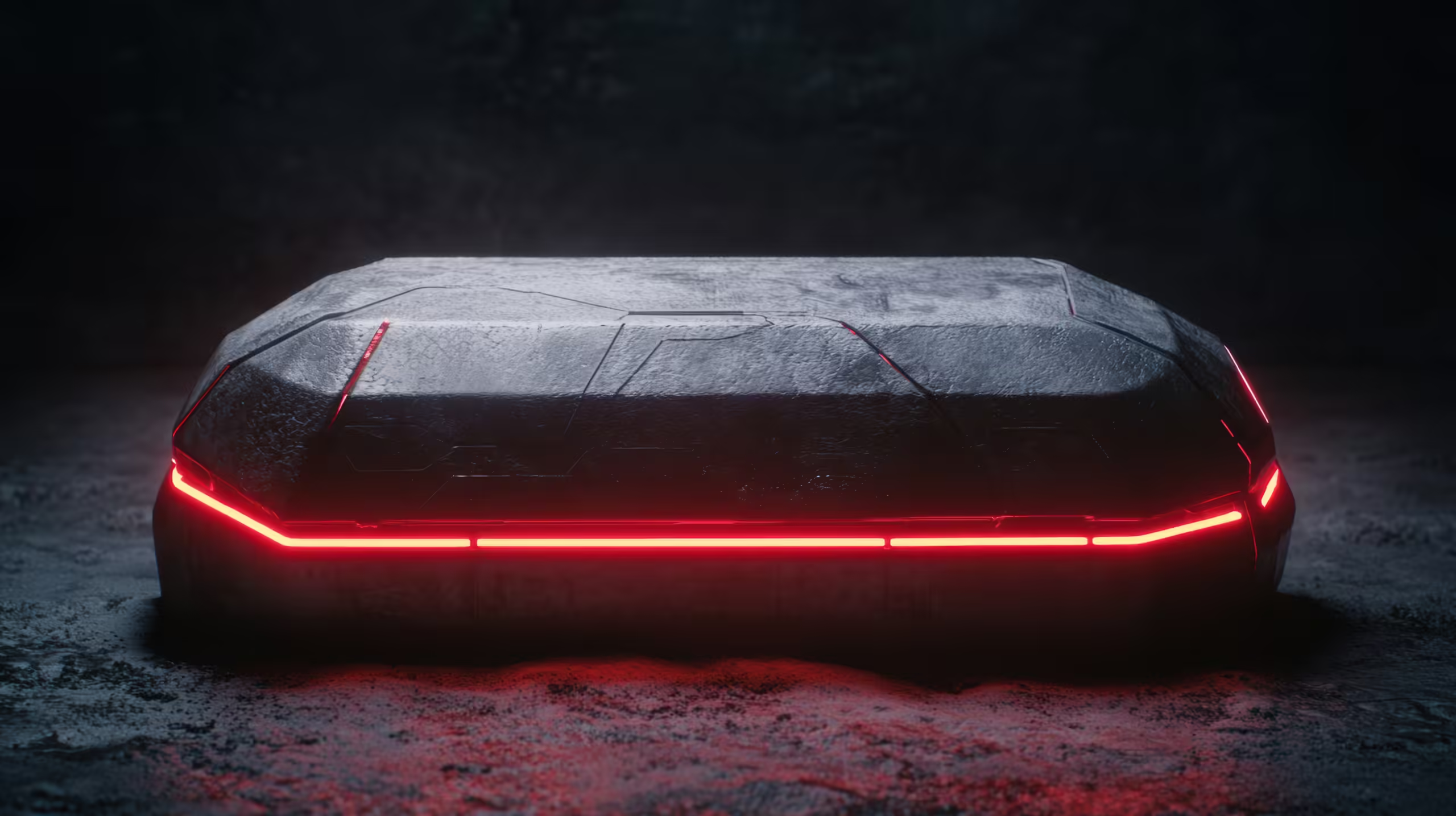Art has always been a reflection of society, evolving with every new tool and idea. Today, technology plays a major role in shaping the direction of contemporary art. The blending of traditional creativity with modern technology is opening up new opportunities for artists and audiences alike. Advanced digital tools, AI, and VR revolutionize art creation and experience beyond traditional mediums. As a result, technology is not just a medium but an essential partner in artistic evolution.
Digital Tools: Expanding Creative Possibilities
Digital tools have revolutionized how artists work. Software like Adobe Photoshop, Procreate, and Blender has opened up vast new landscapes for creation. Although, Artists can now work with endless layers, adjust colors in real-time, and apply effects with a few clicks. These tools make the creative process faster, more versatile, and more accessible.
Digital sculpting creates 3D models without physical materials; animation software animates static artwork effortlessly. Additionally, These tools enable artists to experiment and innovate in ways that were unimaginable just a few decades ago.
Artificial Intelligence in Contemporary Art
Artificial Intelligence (AI) has begun playing a significant role in contemporary art. AI is being used to generate artwork, create new compositions, and even collaborate with human artists. Additionally, with machine learning algorithms, AI can analyze existing art, learn from it, and then create something completely new based on that knowledge. Programs like DALL-E and DeepArt are examples of AI-generated art, where users input prompts, and the AI creates intricate visuals.

However, This opens up exciting new possibilities for artistic expression, challenging the notion of what constitutes “authorship” and “creativity.” As AI technology improves, it may offer even more collaborative opportunities, allowing humans and machines to co-create in entirely new ways.
Technology and Art Galleries: Revolutionizing How We Experience Art
Technology is also transforming how we experience art in galleries and museums. Digital installations, augmented reality (AR), and virtual reality (VR) are enhancing how visitors interact with art. In the Museum of Contemporary Art Chicago, for instance, AR allows visitors to experience artwork in new dimensions, offering an immersive experience that physical galleries cannot provide.
However, Virtual galleries have also become more popular, allowing people from around the world to experience exhibitions without leaving their homes. By incorporating technology into the exhibition space, museums are making art more accessible and engaging for a global audience.
The Role of Blockchain in Digital Art and NFTs
Blockchain technology has introduced a new paradigm in the art world, particularly with the rise of NFTs (Non-Fungible Tokens). These digital assets, secured through blockchain, allow artists to sell their work as unique, verifiable pieces. With NFTs, artists can sell digital artwork and retain control over their creations in a way that was not possible before.
Although, blockchain ensures that each NFT is unique and traceable, which solves the problem of ownership and authenticity in the digital realm. While the NFT market is still evolving, it has opened up new avenues for artists to monetize their work and engage with a tech-savvy audience.
The Future of Contemporary Art
As technology continues to evolve, so will the world of contemporary art. We can expect more integration of AI, VR, AR, and blockchain into art creation and curation. Artists will push the boundaries of what’s possible, experimenting with new technologies to create innovative and groundbreaking pieces.
Furthermore, art institutions will continue to adapt to the digital age, using technology to make art more interactive, accessible, and global. The future of contemporary art is not just about embracing new tools; it’s about using those tools to break down traditional barriers, challenge conventions, and spark conversations on a global scale.
Institute of Contemporary Art: Exploring Technology in Art
The Institute of Contemporary Art (ICA) in Boston is another institution that is deeply exploring the role of technology in contemporary art. The ICA regularly showcases innovative digital artworks that challenge traditional notions of art. Although, With a focus on forward-thinking artists, the ICA continues to support the intersection of art and technology, making it an essential part of the contemporary art scene.
Conclusion: The Continued Evolution of Art in the Digital Era
The fusion of technology and art marks a transformative period in the evolution of contemporary art. Digital tools, AI, blockchain, and immersive experiences have opened up new creative realms for artists and viewers alike. As we look to the future, it is clear that technology will continue to play a pivotal role in shaping how art is created, shared, and experienced.
However, The possibilities are endless, and the digital era will undoubtedly inspire new forms of art that will redefine the landscape of creativity for years to come.
FAQs
How is AI changing the way artists create art?
AI provides artists with new tools to generate artwork, assist with creative decisions, and collaborate in unique ways. However, AI can analyze existing artwork, learn from it, and create new, original pieces based on that knowledge.
What is an NFT in the art world?
An NFT (Non-Fungible Token) is a unique digital asset that represents ownership of a digital artwork. Blockchain technology ensures that each NFT is one-of-a-kind and traceable, giving digital artists a new way to sell and authenticate their work.
How does technology impact art galleries?
Technology enhances how art is displayed and experienced. Through VR, AR, and digital installations, galleries can offer more immersive and interactive experiences for visitors, expanding how art is perceived and appreciated.

